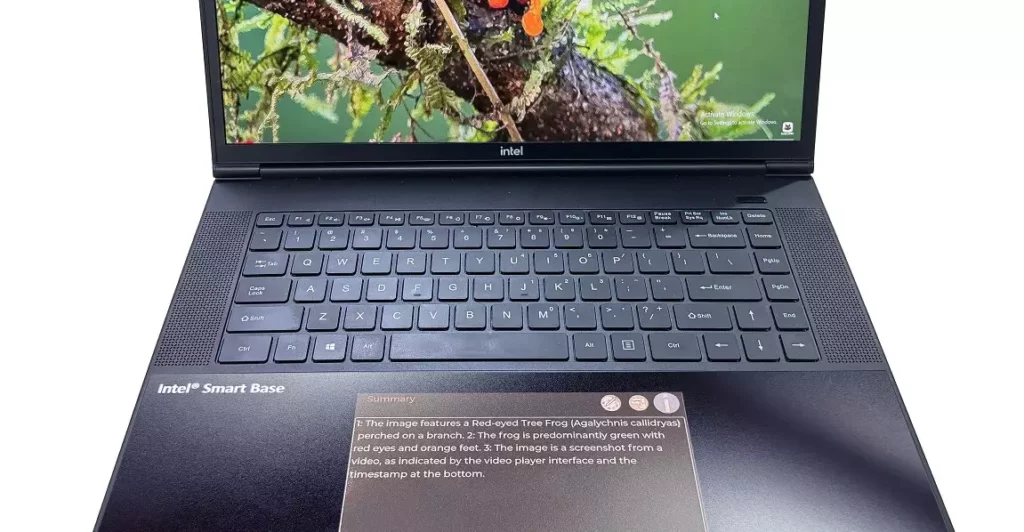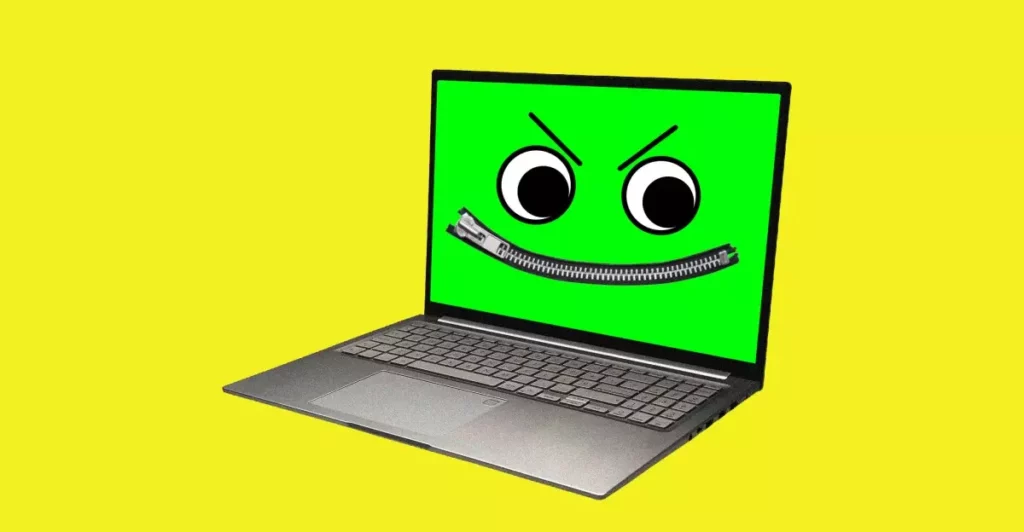The allure of radically transforming laptops with novel features like E Ink’s color touchpads appears promising on paper, but beneath this shiny veneer lies a sobering reality. These advancements often serve as superficial fixes that mask deeper issues—namely, the stagnation of fundamental hardware and software improvements. The push for an always-on, energy-efficient display under the fingertips manifests more as a marketing blip than a genuine step toward smarter, more effective laptops. It’s easy to get swept up in the hype of a “cutting-edge” feature that looks impressive internally but ultimately falls short in practical usefulness. The central question remains: are these flashy innovations genuinely enhancing user productivity, or are they mere distractions wrapped in a sleek, modern veneer?
The persistent obsession with adding tiny screens and low-power displays feeds into a broader trend of superficial tech glitz. Yes, an always-on, color E Ink touchpad might shift a little bit of the workload from the main screen, but it’s unlikely to address the bigger issues at play: processing power limitations, inconvenient user interfaces, and the fragmented nature of productivity workflows. Instead of rethinking how we design laptops for efficiency and user engagement, these features often form part of a distraction-ridden arms race for “more”—more pixels, more screens, more gimmicks—without tackling core productivity bottlenecks.
The Power Efficiency Hype: Is It Enough?
E Ink’s claim to fame—its ultra-low power consumption—might sound revolutionary. It certainly appeals to the mobile professional obsessed with extending battery life, but what about the actual implications? The appeal of a static, perpetual display that only draws power when updated plays well in theory, but the real world throws curveballs. For one, static notifications and summaries do little to solve the fundamental problem of information overload. Windows, apps, notifications—all vying for our attention—remain a primary cause of distraction rather than focus, regardless of where they are displayed.
Furthermore, the color E Ink screens, notorious for their prohibitive refresh rates and limited resolution, are more of a compromise than a breakthrough. They cater to static content, not interactive, visually dynamic interfaces. This raises doubts about whether they can realistically replace or even supplement current secondary screens, much less become central hubs for AI interactions or complex workflows. The promised energy savings, while attractive, do little to offset the inconvenience of lower fidelity and slower updates—a compromise that may frustrate users more than it benefits them.
Distraction or Productivity? The Real Challenge
In a modern work environment, the last thing anyone needs is a device feature that inadvertently hinders focus. Placing a constantly updating, colorful display beneath your fingers might appear futuristic, but it risks becoming a continual source of visual noise. The risk isn’t only distraction; it’s also about clutter. An overly busy touchpad could demand unwarranted attention, forcing users to interpret or dismiss notifications constantly, rather than seamlessly integrating them into their workflow.
Moreover, the practicality of integrating such a component raises concerns. Will it be a standalone feature managed by proprietary software that only works with specific hardware? Or will it be open enough to integrate with existing operating systems and applications? Without clear answers, it’s impossible to gauge whether this innovation will genuinely improve productivity or simply add another layer of complexity and potential points of failure. The risk—like many “smart” features thrown into devices—remains that it becomes more of an accessory for style rather than substance.
Chasing Innovation or Addressing Real Needs?
At its core, this obsession with innovative peripherals and displays underscores a deeper issue within the tech industry: the tendency to chase novelty instead of solving tangible problems. The trend suggests that manufacturers believe consumers are seduced by the idea of “next-gen” features, regardless of whether these features genuinely enhance their work or life. Economically and pragmatically, what the market needs are meaningful improvements—faster processors, better user interfaces, and more robust software that minimizes distraction—not yet another optional display.
The integration of AI and hardware should aim at making devices smarter and more intuitive, not just more “fancy.” True innovation would involve streamlining workflows, reducing clutter, and making tech adapt seamlessly to human needs—not forcing users to adapt to new, potentially distracting features. If these can’t address core issues like software fragmentation and hardware bloat, then they risk becoming superficial trends that fade away, leaving frustrations unaddressed.
While E Ink’s new touchpad concept could technically enhance energy efficiency and offer some convenience, it’s unlikely to be the technological leap that fundamentally changes how we use laptops. Instead, it highlights the industry’s tendency to prioritize style over substance—pushing features that look impressive but fail to solve longstanding user frustrations. It’s a reminder that meaningfully advancing technology requires more than just superlative specs and flashy displays; it demands a clear focus on core usability, simplicity, and solving real problems.
As the industry continues down this path, buyers should remain skeptical—question whether these innovations serve their actual needs or merely inflate the notion of progress. In the end, true innovation comes from fixing what’s broken, not from adding more gadgets to distract from the limitations inherent in current hardware and software ecosystems.









Leave a Reply